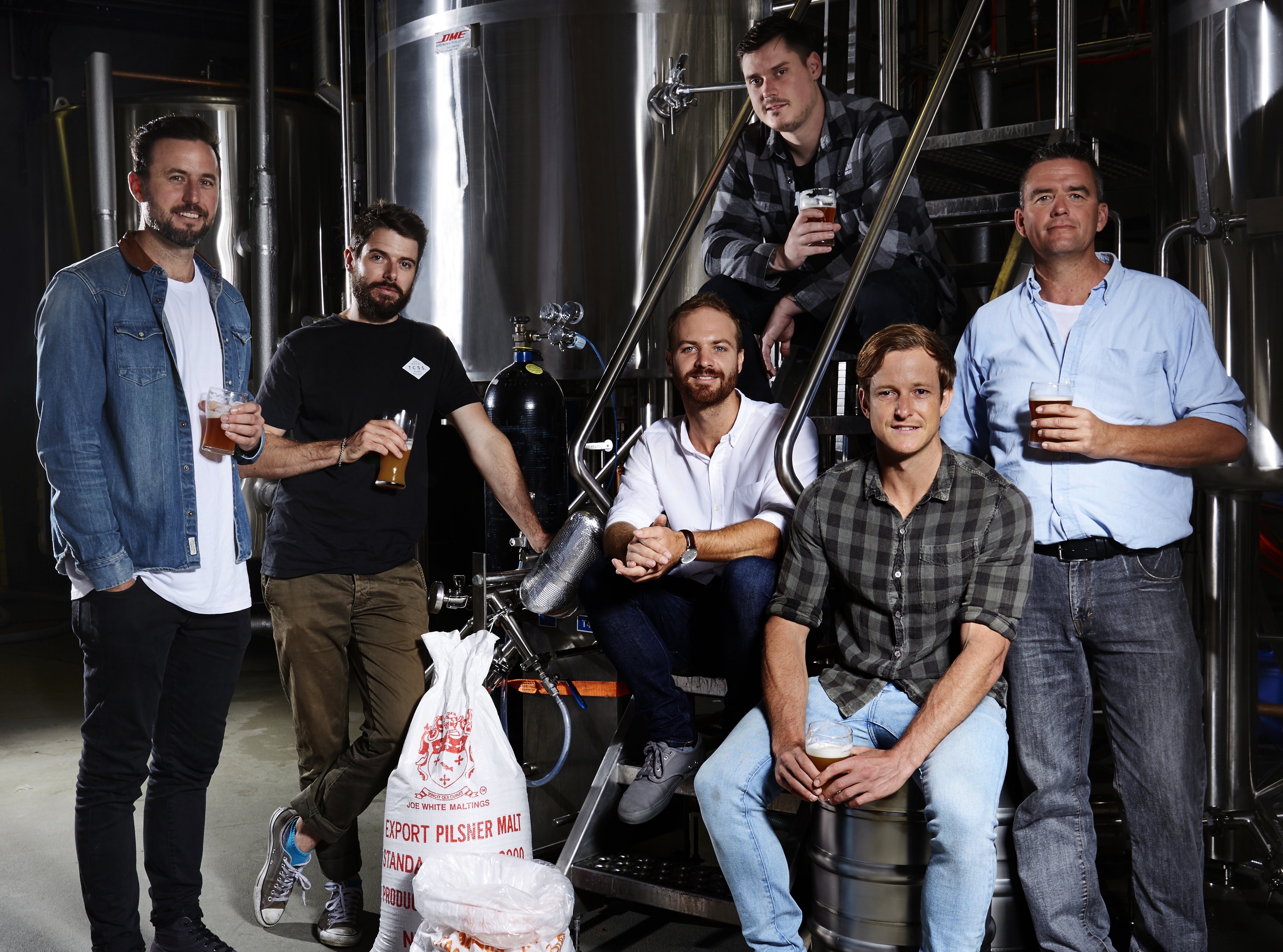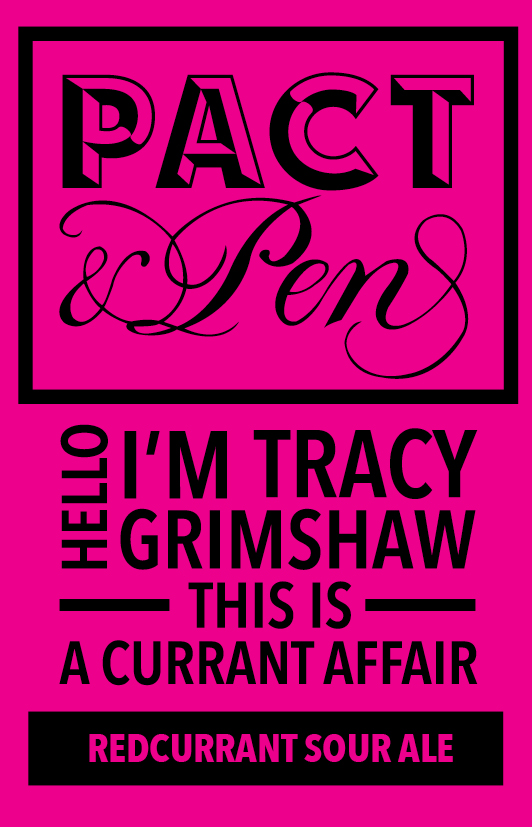Canberra vignerons rarely see two consecutive high quantity, high quality vintages as they have in 2015 and 2016.
But just how good 2016 quality is depends on who you ask. Ken Helm of Helms Wine, Murrumbateman, writes, “The 2016 vintage was the earliest and hottest season on record, but looks like equaling the great 2015, and 2013 vintages in production of quality wines; it shows the depth of the quality from Canberra can be realised across a range of climate conditions”.
Helm’s Murrumbateman neighbour, Eden Road’s Nick Spencer offers a more circumspect appraisal. He says, while quality and quantity were good for both reds and whites, it remains to be seen whether quality is outstanding.
“The shiraz flavours remind me of the 2014s. They have fruit intensity but perhaps not the structural balance of 2013 and 2015”, the most highly regarded of recent seasons. Riesling, all picked before March’s dry, hot spell looks good. “It’s bullet proof”, he adds.
The run of ten consecutive March days above 30 degrees came secondly only to the record of 12 days in another El Nino year, 1983. While most whites ripened ahead of the heat, some of the district’s shiraz felt it. Other late ripening varieties weathered the heat to ripen in the cooler conditions that followed.
Several winemakers, including Nick O’Leary, say the key to good shiraz was picking at the right moment. In the prolonged March heat, the variety tended to gain sugar and lose acid rapidly. “You could see the change in a day or so, making harvest time critical”, says winemaker Hamish Young.
“I’m happy with 80 per cent of my shiraz”, says O’Leary. “I have some excellent parcels and if others don’t measure up, they won’t go into the blend”. He rates the vintage as better than 2014, especially for riesling, “though it’s early days yet”.
O’Leary sources riesling from Lake George and Murrumbateman in the Canberra District and, for the first time this year, from the high-altitude Cribbin Vineyard at Tumbarumba. “I’ve had my eye on it for six years”, he said.
He rates riesling from the old Westering block on the Karelas family’s Lake George vineyard as “some of the best in a number of years. It has higher ripeness than 2015 with a fair whack of acidity”. Murrumbateman riesling, though lower in acid than in the last four or five years, shows very good flavour. And he rates the Tumbarumba riesling as exceptional and distinct in style from Canberra riesling.
At Four Winds vineyard, Murrumbateman, Sarah and John Collingwood report an early, good and disease-free season. They say crops were a little bigger than expected despite fruit thinning.
Riesling flowered early and well in benign conditions. Shiraz flowering appeared to struggle in hot winds but eventually the vines set a good crop. They rate the 2016 riesling up with the stellar 2015, and the 2016 shiraz as “good and solid”. At the time of interview, shortly after the heat spell, cabernet sauvignon, merlot and sangiovese remained on the vine and all looked healthy.
Brian Johnston of McKellar Ridge, Murrumbateman, says he “Felt some doubts early on with uneven flowering”. But flowering ended successfully and fruit yields came in above average. The worries of a cool, wet January dissipated in the warm, dry spell that followed. Indeed the soil moisture provided a measure of relief for the vines during the heat wave, though irrigation was required.
Yarrh Wines’ Neil McGregor reports, “A quick and early vintage, a couple of weeks earlier than 2015, which was two weeks early. Everyone’s exhausted”. Sauvignon blanc copped it a hit from a November frost, but no other varieties suffered.
McGregor says riesling, cabernet sauvignon and sangiovese look best, along with shiraz “picked at the right time”. The compressed vintage put pressure on picking teams across the district, forcing Yarrh to machine harvest part of the crop.
He says, “Pickers were flat out, so we saw lots backpackers, including French, Germans and Americans”.
Clonakilla’s Tim Kirk praises another extraordinary vintage and marvels at “The huge bunches and small berries”. He believes the large crop slowed ripening and, indeed ripened only because of the long run of hot weather. “It’s miraculous”, he says. “If it’d been a smaller crop, with the heat it would’ve been too ripe”.
Kirk’s benchmark shiraz, “Shows great colour, vibrant and bright aromas and lovely tannins. They’re not classic like the 2015s, but more flamboyant, without perhaps the length or longevity”.
Kirk opened the family’s new cellar door facility at the peak of this early vintage. He sees it as offering, “An experience of beauty, space and light, in sight of the vines”.
Winemaker Bryan Martin helps Kirk with the Clonakilla wines. While the two crammed a record crop into the expanded winery, Martin also made wines for his own Ravensworth label. At the same time he experimented with what he calls “weird stuff”.
Martin’s weird stuff always sells out. And his methods – particularly in the use of ceramic, egg-shaped vessels for fermenting and maturing wine – influence winemakers across the district and beyond.
This year’s weird stuff includes a cider-like sauvignon blanc made by through carbonic maceration (where fermentation begins inside berries enclosed in a airtight container), two pet-nat wines.
Pet-nat, an abbreviation of the French petillant naturale (naturally sparkling) is the hot new thing among sommeliers. They’re simple, young sparkling wines and generally cloudy as winemakers mostly leave the yeast sediment from secondary fermentation in the bottle.
Martin made, and quickly sold out of a pet-nat riesling in 2015. This year he’s producing riesling and gamay in the style.
And he’s not alone. Paul Starr’s Sassafras label paved the way with a pet-nat Tumbarumba gamay in 2014. A year later Sassafras pet-nat Canberra savagnin set social media alight when sommelier Mads Kleppe selected it for Copenhagen-based Noma’s pop-up Sydney restaurant. Starr says he’s making another in 2016, using riper savagnin, with a touch of Tumbarumba chardonnay to flesh out the mid palate.
A revitalised Wily Trout vineyard on the high, eastern side of Hall, under Will Bruce, has a few 2016 vintage experiments on he go: a pet-nat from pinot noir and chardonnay; a Beaujolais-influenced, early-drinking pinot shiraz, fermented in a ceramic egg; and a hops-infused sauvignon blanc.
The latter, a joint effort with brewer Richard Watkins, will likely be served carbonated from a keg at the BentSpoke brewpub, Braddon.
On the significantly lower western side of Hall, Pankhurst Wines experienced an early, rushed vintage. Alan Pankhurst reports, “Good yielding but not overcropping, with everything so consistently good. I haven’t seen a year like this”.
He says reds are of superb quality. But he harvested only small quantities of white varieties following a recent grafting program. He expects the new varieties – arneis, marsanne and roussanne to crop more heavily in 2017. A small plot of fiano may or may not succeed in Canberra’s cool climate.
At Mount Majura vineyard, Frank van de Loo says, “I have no complaints” about the early and fast vintage. He juggled for winery space and competed for grape pickers with other growers in the district. “We had a Sydney-based Laotian family group, backpackers and a crew from Cowra. It was lie a united nations here some days”.
On the escarpment above Bungendore, Lark Hill’s Christopher Carpenter describes an “earliest start ever” to the vintage, commencing with the marsanne, roussanne and viognier from the family’s Murrumbateman vineyard and finishing with gruner veltliner from the original Lark Hill site, Canberra’s highest vineyard at 860 metres.
And Canberra has a new label for 2016 – Hamish Young’s Mada Wines, due for release later this year. Young left Eden Road Wines late last year and this year made single vineyard shirazes from Yarrh, Wily Trout and Quarry Hill vineyards. He also made a riesling from Four Winds vineyard, and pinot gris and gewürztraminer from Brian Freeman’s vineyard at Hilltops. Young, too, owns a ceramic egg, convinced it builds more interesting wines.
While many Australian winemakers struggle, 2016 sees Canberra vineyards optimistic and confident. After years of development, the district now thrives on increasing quantities of its great specialities, riesling and shiraz, along with well-known varieties like pinot noir, cabernet sauvignon, sauvignon blanc and chardonnay. But the new confidence comes, too, from success with other varieties including sangiovese, tempranillo and gruner veltliner – and our ability to sell a few weird, whacky and sometimes wonderful things being made on the fringes.
Copyright © Chris Shanahan 2016
First published 12 and 13 April 2016 in goodfood.com.au and the Canberra Times

